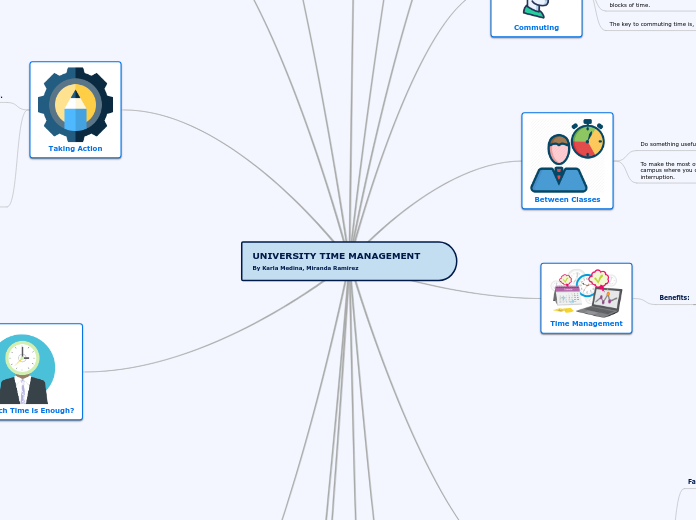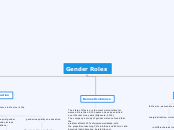af Fady Waheed 17 år siden
461
Factors facing Women in Science
Women in science face multiple challenges that affect their motivation and career prospects. They often find themselves in a less advantageous position compared to their male counterparts, partly due to potential gender biases and the fact that they are generally at an earlier career stage.









